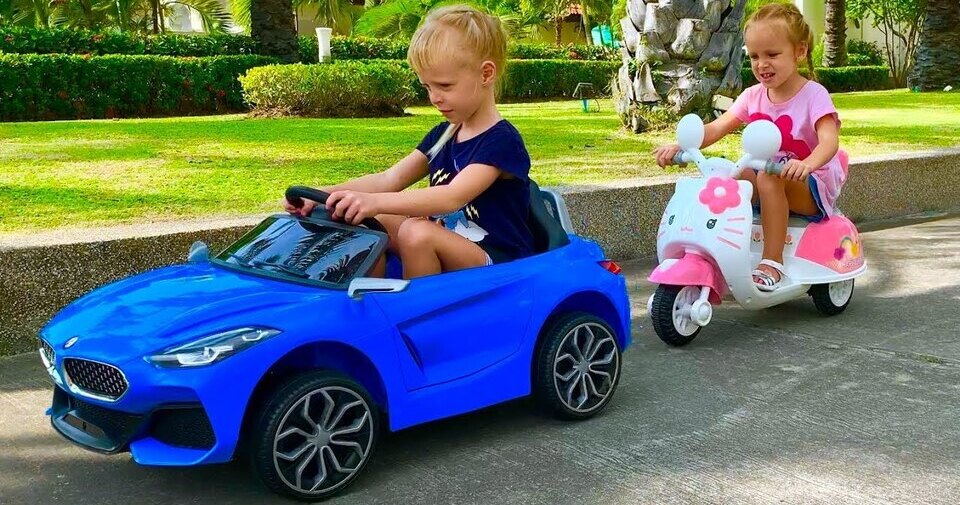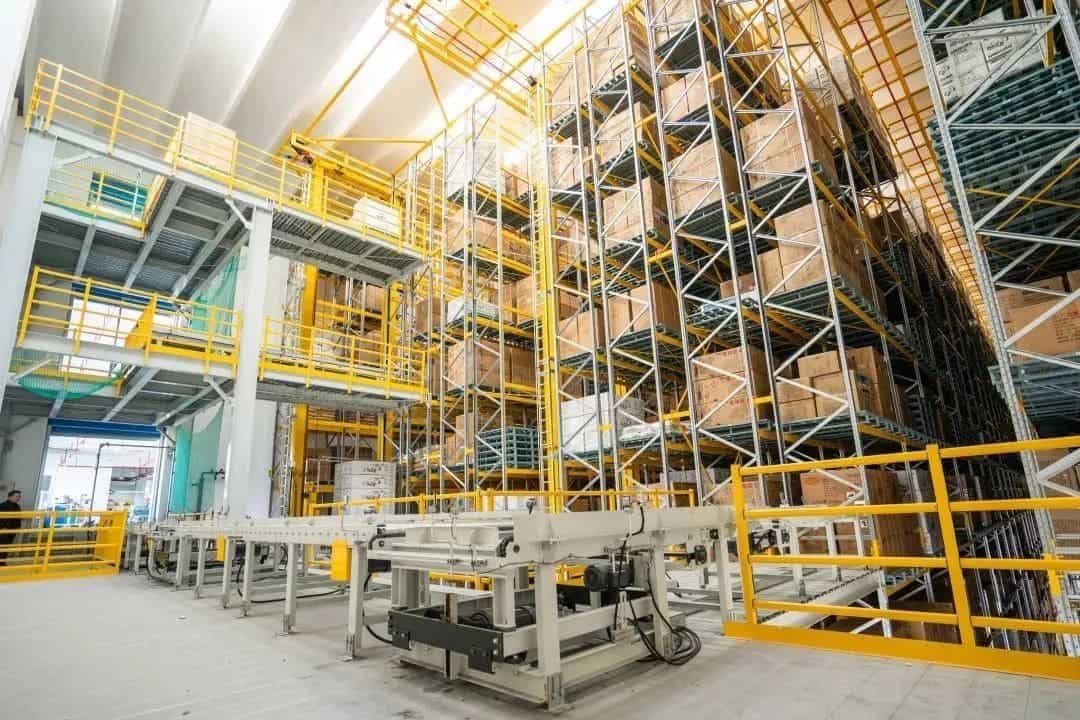Pinghu, a city known for its distinctive toy car industry, has evolved from playing catch-up to leading the market. Let’s see how our city is crafting toy manufacturing into a “golden business card.”
When discussing the traditional toy car market, it’s impossible not to mention Zhejiang’s Pinghu.
The toy car industry here has long surpassed the significant milestone of exporting over ten million units, capturing more than half of the global market share. In Pinghu, a “BMW” toy car, officially licensed and protected by patents from doors to bumpers. Today, Pinghu’s toy cars are available worldwide in Walmart stores and on Amazon’s cross-border e-commerce platforms.
So, in the face of new market competition, how will Pinghu’s toy car industry continue to dominate? And what strategies should we consider?
In 1981, workers in a local township enterprise were dissecting a crude iron children’s tricycle from Shanghai. This day marked the beginning of a new industry worth billions of yuan, ushering in a new world for the locals.
The history of Zhejiang’s grassroots economy follows a path from dismantling and imitating to subcontracting and independent production, eventually shipping products overseas and expanding into unknown territories. Among these, Pinghu’s toy cars were a significant part.
The crude iron tricycle inspired locals to start their workshops, rapidly multiplying across the region. By the 1990s, some of these had evolved into electric toy car production.
Around the same time, foreign merchants in Yiwu discovered Pinghu’s toy cars. Compared to similar products from South China, these were of higher quality and more affordable, leading to a surge of international orders.

The demand for these toys ignited the industry. Notable milestones include:
In 2000, the “China (Pinghu) Toy Car Industrial City” was planned and built, marking the local enterprises’ march into domestic and international markets.
In 2006, Pinghu was awarded the title of “China’s Toy Car Production Base.”
By 2010, the industry’s sales exceeded one billion yuan, and by 2020, over thirty billion, dominating 60% of the global market and 80% of the European and American markets.
In 2016, Pinghu was named “China’s Capital of Electric Toy Cars.”
This industry has enriched the local community. Today, Pinghu is home to 312 toy car manufacturing enterprises, employing nearly 30,000 people, and has developed an industrial chain covering hardware, injection molding, electronics, and complete vehicles. The range of products, primarily electric toy cars, also includes baby walkers, two-wheel bicycles, and over a thousand different models and styles.

As competition intensifies, Pinghu toy cars, which once comfortably dominated the international market with a diverse range of products, now face new challenges. The 2008 financial crisis significantly impacted exports, and recent pandemics and complex international situations have made business harder. In 2022, exports of Pinghu toy cars fell nearly 40% compared to the previous year.
Export challenges and quality concerns have surfaced due to the industry’s extensive approach. Additionally, competition from regions like Hebei’s Pingxiang, with advantages in e-commerce and lower costs, has taken a significant market share.
Facing these changes, the industry’s path forward is unclear. Despite knowing the importance of design, the local industry lacks design teams and resources. Collaboration with Shanghai and Hangzhou design teams is expensive, making it unaffordable for small enterprises.
Digital
transformation is recognized as a trend, but the high costs of several million yuan, coupled with the unique production needs of each enterprise, make automation a limited option, seemingly more about appearance than profitability.
Competitive product quality is crucial, yet unregulated competition has led to market saturation. For instance, a popular luxury off-road toy car model attracted six companies, leading to a price war. Eventually, the car manufacturer collecting licensing fees from all these companies was the real winner.
The market still has potential, but relying solely on traditional development models is no longer viable. Fortunately, in recent years, some toy car enterprises in Pinghu have taken the first steps in transformation and upgrading, providing valuable insights.
Aesthetic appeal is a key factor in the toy car industry. Investing in top-notch design teams and mold designs is a unique competitive advantage. For example, Little Star Toy Cars, despite being relatively new, spends millions annually on new model designs, resulting in several best-sellers, like a construction vehicle model with annual sales of 150,000 units.
Branding is crucial for industry growth. From OEM production to creating their own brands, over 70 toy car brands have emerged in Pinghu, including “Beirijia,” “Haolaixi,” “Ku Taiyang,” “Nannanhao,” and “Dake,” with five receiving provincial-level recognition.
Credit and quality ensure orderly development. Licensing has become a primary consideration for new products, with several companies investing over a million euros in licensing fees this year. To control quality, the Toy Car Industry Technology Innovation Service Center and Testing Center were established, transitioning from standard participants to standard setters, such as the “Pinghu Toy Car Industry Alliance Standard,” “Zhejiang Manufacturing Electric Toy Car Group Standard,” and “Children’s Pedal Go-Kart Group Standard.”
Innovative business models are the new magic weapon. Some toy car companies are exploring digital and automated transformations in areas like online welding and goods delivery to control product quality, reduce labor costs, and land use. Additionally, new market channels like Amazon and Alibaba offer significant opportunities.




